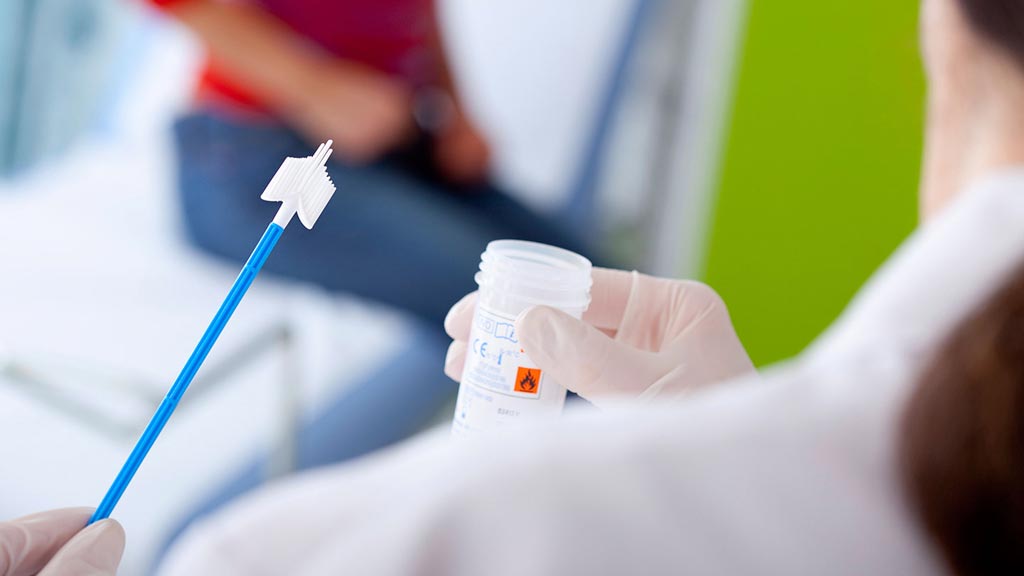HPV Testing Leads to Earlier Detection of Pre-Cancer
By LabMedica International staff writers
Posted on 06 Jul 2017
Human papilloma virus (HPV) is a virus that can cause cervical, vaginal, penile and anal cancers. More than 520,000 cases of cervical cancer are diagnosed worldwide each year, causing around 266,000 deaths.Posted on 06 Jul 2017
A common screening procedure for cervical cancer is the Pap smear, which tests for the presence of precancerous or cancerous cells on the cervix. Women who receive human papillomavirus (HPV) testing, in addition to a pap smear, receive a faster, more complete diagnosis of possible cervical precancer.

Image: Research suggests women who receive an HPV test, in addition to a pap smear, receive a more complete diagnosis of possible cervical precancer (Photo courtesy of the Queen Mary University of London).
Little is known about the long-term yield of high-grade cervical intraepithelial neoplasia (CIN) and the influence on biopsy and treatment rates of human papillomavirus (HPV) triage of cytology showing atypical squamous cells of undetermined significance (ASC-US cytology). Scientists at the Queen Mary University of London (UK) and their colleagues in New Mexico performed a comprehensive evaluation of HPV testing on the long-term outcomes of women who had received a borderline abnormal Pap test result. Almost all HPV testing (95.3%) through 2012 was performed with a modular system.
A total of 457,317 women whose mean age was 39.8 ±12.5 years with a screening test were recorded between 2008 and 2012, and 20,677 (4.5%) of the first cytology results per woman were reported as ASC-US. CIN grade 3 or more severe (CIN3+) lesions were detected in 2.49% of women with HPV testing versus 2.15% of women without HPV testing. HPV testing led to a 15.8% overall increase in the detection of cervical precancers and time to detection was much shorter, a median of 103 days versus 393 days. Virtually all cervical pre-cancers were detected in women who tested positive for HPV, suggesting HPV testing to be a good additional screening method after the Pap smear.
Jack Cuzick, PhD, FRS, a professor and the lead author of the study said, “This study shows that knowing a woman's HPV status can help determine her likelihood of needing additional procedures, and prioritize immediate treatment and medical resources to the women who need them most.” The study was published on June 22, 2017, in the journal JAMA Oncology.
Related Links:
Queen Mary University of London









 assay.jpg)




